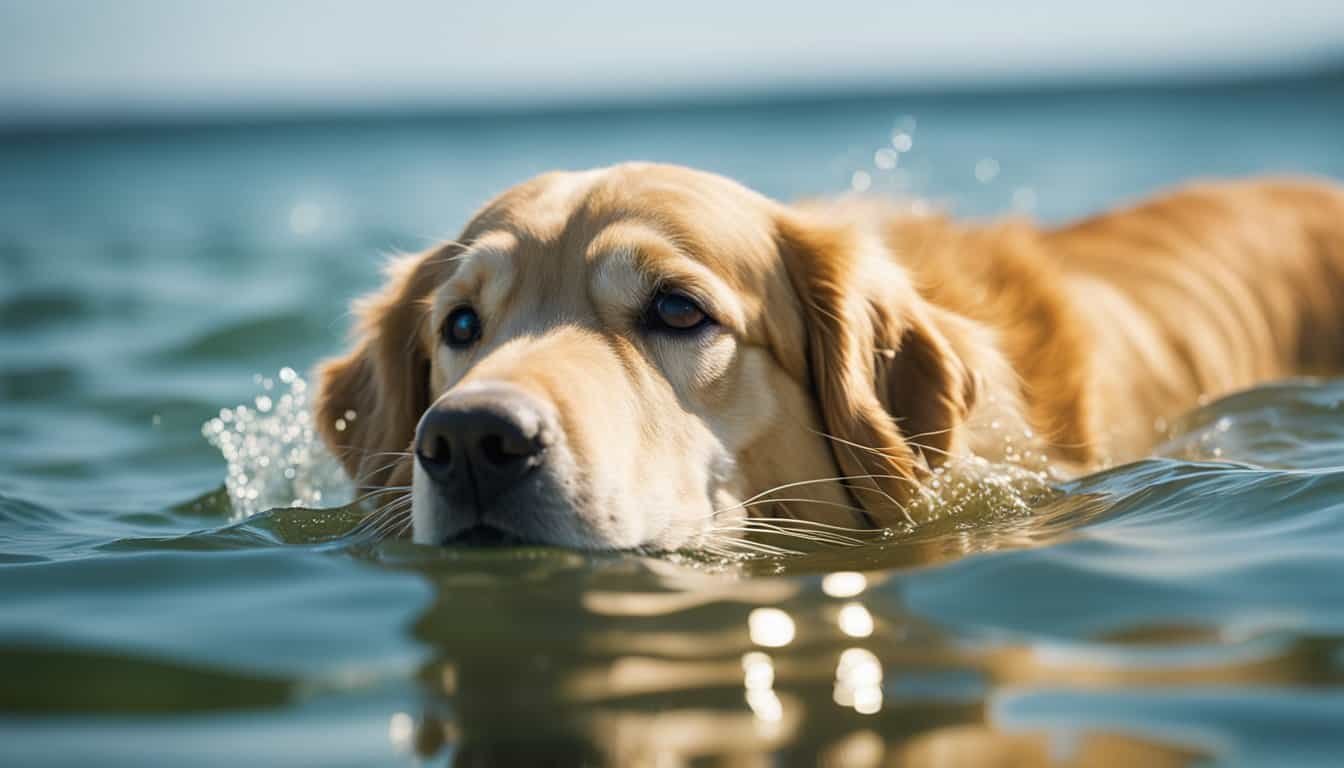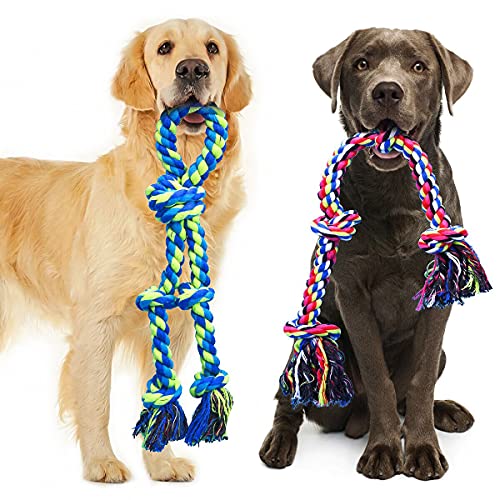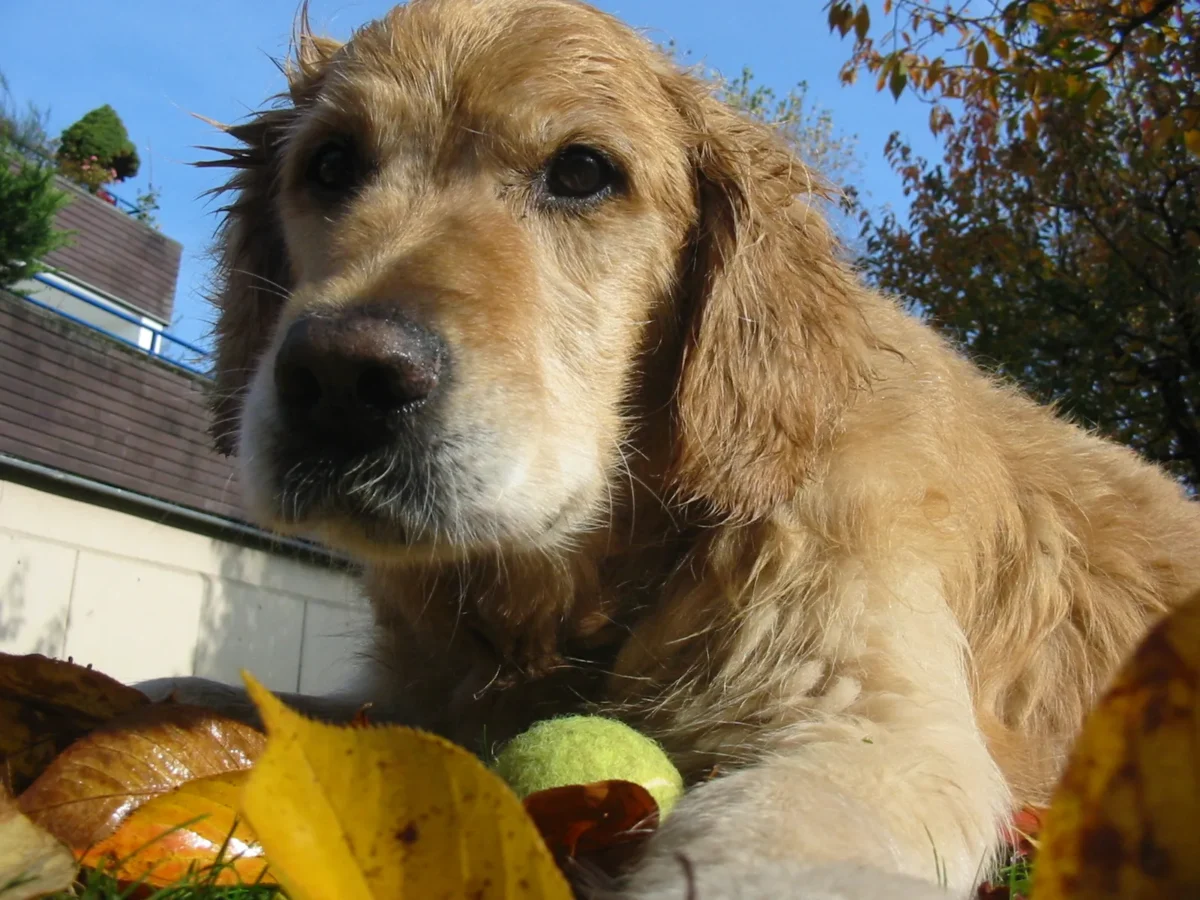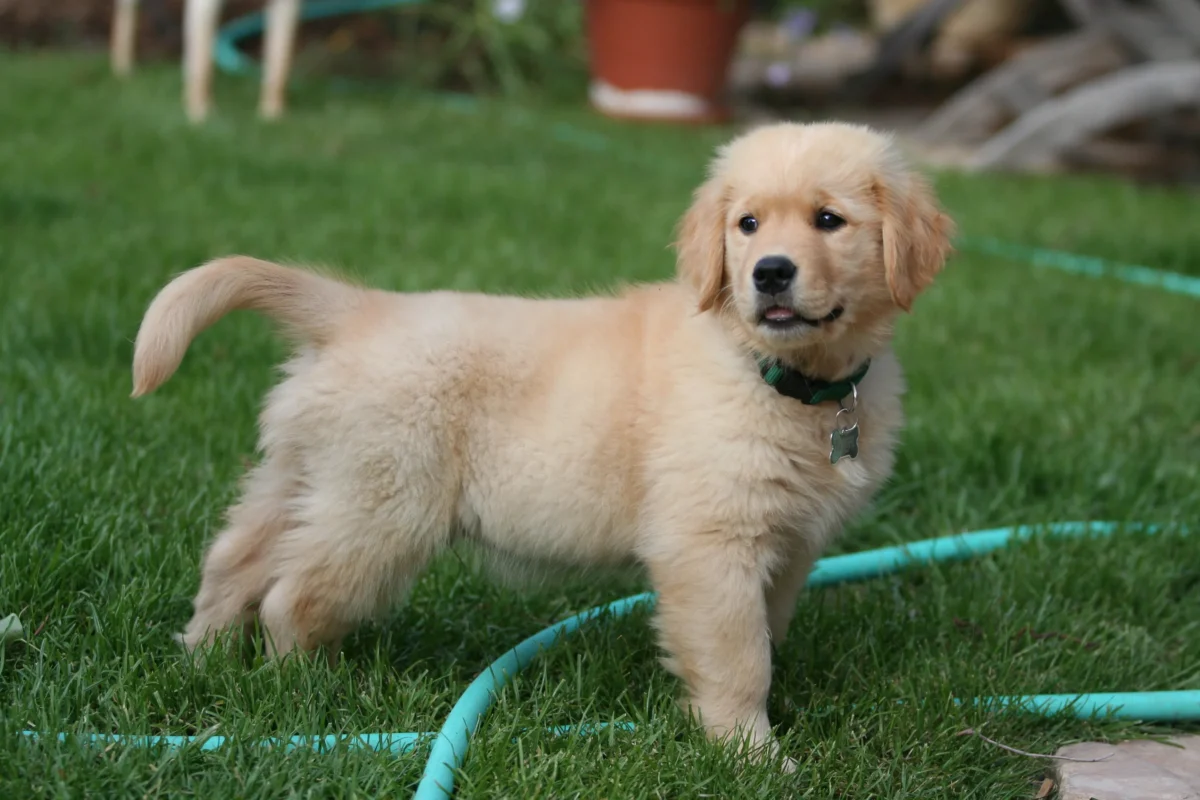Dogs are susceptible to a variety of diseases, one of which is Parvo. This virus is highly contagious and can be deadly if not treated properly. In this article, we will explore where dogs can get Parvo and what the symptoms are. If you suspect that your dog may have contracted Parvo, it is important to seek veterinary assistance right away.
What is Parvo?
Canine parvovirus, or “parvo” as it is commonly called, is a highly contagious virus that affects dogs of all ages. The disease is most often seen in puppies who have not yet been vaccinated, but it can also occur in older dogs who haven’t been properly vaccinated.
Dogs that have not been vaccinated against the virus run the risk of contracting it. However, even dogs that have been vaccinated can still contract the virus if they are exposed to a high enough concentration of it. Puppies are especially vulnerable because their immune systems are not yet fully developed.
The virus attacks the gastrointestinal tract, causing severe vomiting and diarrhea. In severe cases, it can lead to dehydration and death. Early diagnosis and treatment are essential for a positive outcome. If you suspect that your dog may have Parvo, contact your veterinarian immediately. With prompt treatment, most dogs will make a full recovery.
The most susceptible breeds of dogs to Parvo are:
- German Shepherds
- Labrador Retrievers
- Rottweilers
- Doberman Pinschers
Where Can Dogs Get Parvo?
Parvo is a deadly virus that can affect dogs of all ages, breeds, and sizes. The virus is spread by exposure to contaminated feces, and it can survive outside for months. This makes it difficult to completely eliminate from an area once it has been introduced. Dogs can contract Parvo anywhere there is contaminated feces, which means that they can get it at the dog park, on a walk, or even in their own backyard.
The best way to protect your dog from Parvo is to keep them up-to-date on their vaccinations and to avoid taking them to places where the virus is known to be present. If you think your dog may have been exposed to the virus, please contact your veterinarian immediately. Early diagnosis and treatment is essential for survival.
Common Parvo Symptoms
A dog with Parvo will usually show symptoms within three to seven days of being infected. Let’s discuss the most common symptoms:
Dehydration
One of the most dangerous symptoms as it can lead to death. Dehydration occurs when a dog cannot replace the fluids being lost through vomiting and diarrhea. Symptoms include sunken eyes, dry nose, dry mouth, and extreme lethargy. If you think your dog may be dehydrated, take them to the vet immediately.
Lethargy
This is when a dog is abnormally tired and has no interest in playing or going for walks. It can also be accompanied by a loss of appetite.
Vomiting
This is a common symptom and is usually accompanied by diarrhea. Vomiting can lead to dehydration, so it is important to keep an eye on your dog’s fluid intake if they are vomiting.
Diarrhea
This is another common symptom that can be severe enough to cause death. Diarrhea can also lead to dehydration, so it is important to monitor your dog’s fluid intake if they have this symptom.
Appetite Loss
A loss of appetite is often seen in dogs with Parvo. This can be due to vomiting or diarrhea, or it may be because the virus has caused the body to lose its ability to absorb nutrients from food.
Anorexia
Anorexia is a loss of appetite that is accompanied by weight loss. This can be a symptom of Parvo, as the virus causes the body to break down its own muscle tissue for energy.

Fever
A fever may be present in dogs with Parvo, but it is not always easy to detect. The best way to check for a fever is to take your dog’s temperature rectally with a digital thermometer.
Depression
This is a common symptom in dogs with Parvo. They may be less active than usual and may not want to interact with people or other animals.
Treatment of Parvo
Treatment for Parvo typically involves hospitalization and intensive supportive care, including IV fluids and antibiotics. With prompt treatment, most dogs make a full recovery. However, even with treatment, some dogs may experience long-term health problems as a result of the disease.
The most common treatment for Parvo is intensive supportive care, which means keeping the dog hydrated and maintaining their blood sugar levels. This can be done through IV fluids and glucose therapy. With prompt treatment, most dogs make a full recovery. However, even with treatment, some dogs may experience long-term health problems as a result of the disease.
In severe cases, a blood transfusion may be necessary. This is a procedure in which healthy blood is transfused into the dog’s body to replace the blood that has been lost due to the disease. It is important to note that there is no cure for Parvo and treatment focuses on relieving symptoms and supporting the dog until they recover.
Prevention of Parvo
The best way to prevent your dog from getting Parvo is to keep them up-to-date on their vaccinations. Puppies should receive a series of vaccinations starting at six weeks of age, with booster shots given every three to four weeks until they are 16 weeks old. After that, dogs should receive booster shots every year or two for their entire life.
In addition to vaccinations, you can also help prevent your dog from getting Parvo by keeping them away from areas where the virus is known to be present. This includes places where sick dogs have been, such as shelters, dog parks, and kennels.
Our Final Thoughts
Dogs can get Parvo from contact with the feces of an infected dog. The virus is most commonly spread in places where dogs congregate, such as shelters, dog parks, and kennels. Puppies are the most susceptible to the disease and can die without treatment. The best way to prevent your dog from getting Parvo is to keep them up-to-date on their vaccinations. If you think your dog may have Parvo, it is important to contact your veterinarian immediately.















